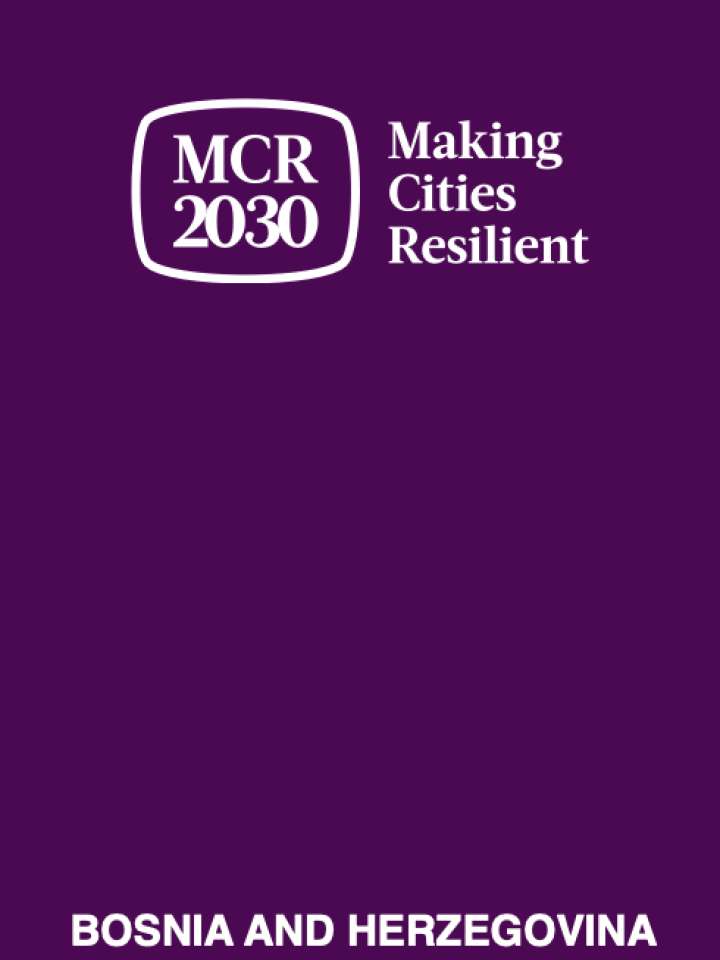Bosnia and Herzegovina disaster resilience scorecard assessment and public health Scorecard addendum analysis gaps, challenges and recommendations
This review reflects national achievements, challenges, best practices and ways forward to achieve the Sendai Framework’s priorities and objectives, as well as its overall resilience-building agenda. Full achievement is possible by 2030. A global initiative, “Making Cities Resilient 2030 (MCR2030)” had been successfully rolled out in Bosnia and Herzegovina since early 2021. Four local communities - the Cities of Bihać, Bijeljina, and Gradačac, together with Olovo Municipality – and the Central Bosnia Canton - all joined forces, committing to collaborate on resilience pathways and disaster risk reduction. In Bosnia and Herzegovina, this work was made possible with the generous support of USAID’s Bureau for Humanitarian Assistance (BHA).
The overall finding is that progress has been made towards the Framework’s goals, priority actions and targets. Full achievement is possible by 2030. Meanwhile, Bosnia and Herzegovina is transitioning its overall approach to disaster risk management from reactive to proactive. The focus remains on preparation and response, but prevention and mitigation are becoming more important.
